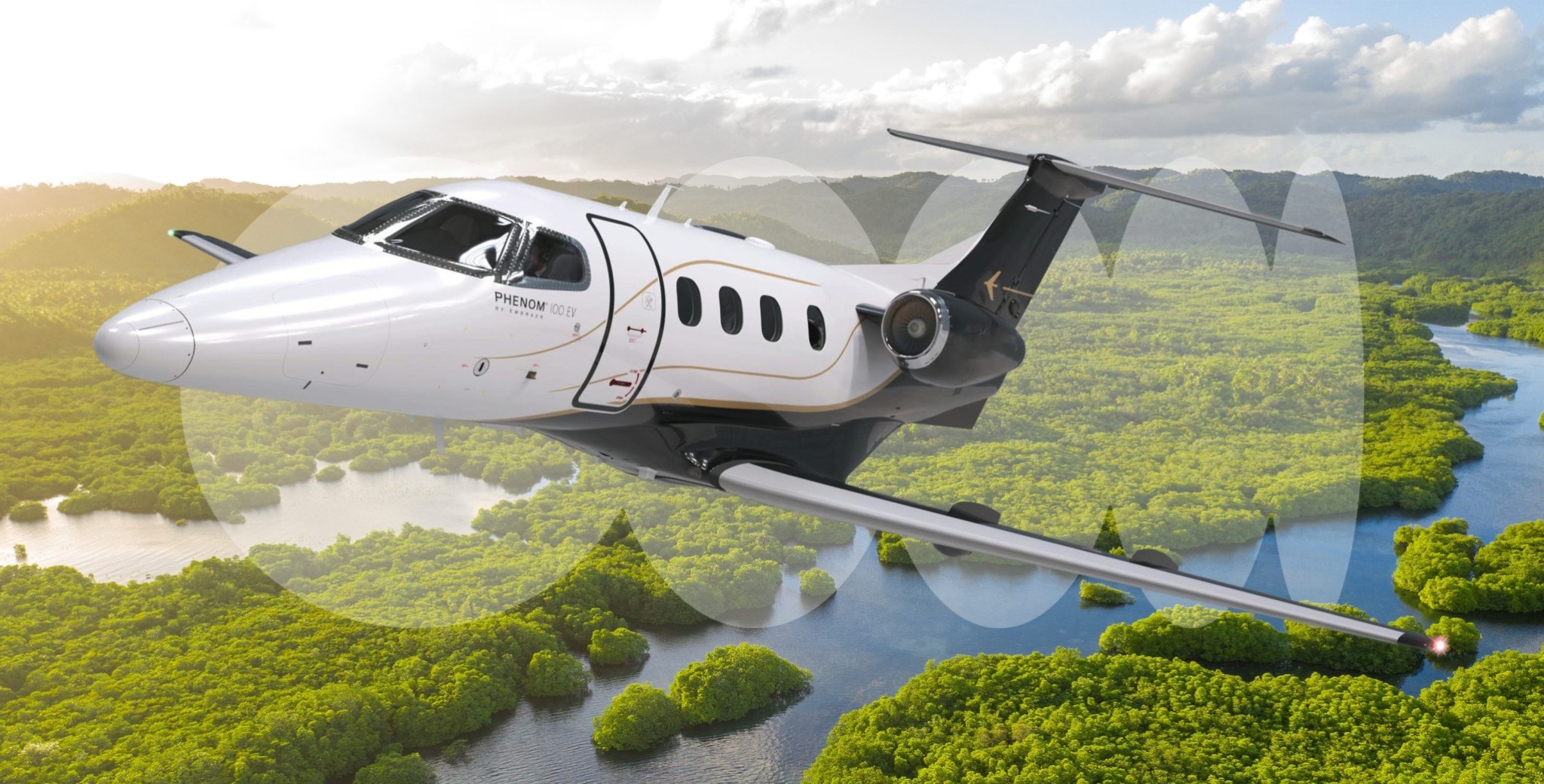
Citation CJ3 vs Citation CJ3+ Navigating Choices in the world of Pre-Owned Jets
Date
September 22, 2023Author
Jason Deifik & Joe CrockettIn the dynamic landscape of pre-owned aircraft sales, buyers often find themselves at a crossroad when choosing one airframe over another. This grows increasingly difficult when airframe models are seemingly identical. The Citation CJ3 and its upgraded counterpart, the Citation CJ3+ are a great example of this. What do you get out of the “plus” and is it worth the difference in price?
The Citation CJ3 and its successor the CJ3+ hold numerous similarities. On the outside, the CJ3+ is nearly identical to the CJ3; they share the same Citation airframe designation (525B), the same fuselage, the same wing, and even the same engines. On the inside, Textron made a number of key modifications in modernizing the CJ3+’s avionics and increasing passenger comfort which have further enhanced the aircraft’s appeal.
CJ3 Series Lineage
First, it’s important to understand the timeline of the CJ3 series. Cessna developed the CJ3 as a natural upgrade from the CJ1 and CJ2. This was accomplished by stretching the cabin, increasing the aircraft’s speed, and adding additional range. Deliveries of the CJ3 began in late 2004 and production ran through 2014. The CJ3 proved to be extremely popular with owners-pilots and operators alike, as more than 415 CJ3 aircraft were delivered world wide. In 2014 Textron announced an enhanced version of the CJ3 called the CJ3+ with deliveries beginning later the same year. Textron has since delivered over 250 CJ3+ aircraft. The total fleet has now surpassed 600 aircraft, and the CJ3/CJ3+ series continues to be one the best selling business jets on the market.
Avionics and Technology
The avionics suite is the backbone of any modern business aircraft. With the CJ3+, Textron introduced Garmin’s advanced G3000 flight deck. The G3000 avionics suite is a touchscreen-controlled all glass cockpit which incorporates three huge displays, a wireless media server, Garmin’s highly touted GFC 700 autopilot system, and other advanced features to which integrate information seamlessly and simplify pilot operation. The original CJ3 is equipped with the tried and true Collins Pro Line 21 avionics system which has more of airliner look and feel, and included Collins FMS-3000 flight management system, Collins autopilot with VNAV, TCAS II, LandMark TAWS 8000 (Class B), and satellite broadcast graphical weather. The ProLine 21 system has long proven to be reliable and very capable, but it lacks some of the modern conveniences and familiarity found in the CJ3+ with G3000. This distinction might be pivotal for buyers who prioritize cutting-edge technology and user-friendly interfaces. We often see G3000 avionics favored by single-pilot operators transitioning from other Garmin products. For example, many of these pilots frequently have hundreds or even thousands of hours with G1000 in everything from entry level piston aircraft to high end turbo props and light jets. The little brother to the CJ3/CJ3+ family, the mighty Citation M2, also features G3000 avionics and has proven to be a popular stepping stone for owner-pilots transitioning into a CJ3+.
Performance and Range
With the CJ3 and CJ3+ falling under the light jet category, they offer versatility and efficiency for short to medium-haul flights. Williams FJ44-3A engines are the chosen means of thrust for both aircraft. This lends to similar performance and range. The Williams FJ44 engine is favored for its Full Authority Digital Engine Control (FADEC). This eases a pilot’s workload and improves situational awareness in the cockpit. There’s no need to look at charts and calculate power settings for takeoff, climb, and cruise. Set the thrust lever to the appropriate detent and let the computer handle the rest. With a max cruise speed of 416 knots, a maximum range of approximately 2,000 nautical miles, and the ability to to take 4 passengers and a pilot more than 1,500 nautical miles, both aircraft are highly capable light jets.
Interior and Cabin Comfort
Cabin comfort certainly plays a significant role in the buyer’s experience, particularly for those who embark on frequent or long flights. The CJ3 and CJ3+ share similarities in cabin dimensions and layout, offering comfortable seating configurations for 6 to 8 cabin passengers. However, the CJ3+ introduces subtle improvements such as enhanced noise insulation, more refined materials, and improved lighting options, enhancing comfort and the overall flying experience. Buyers seeking a more refined and modern cabin ambiance will likely lean towards the CJ3+. If you find yourself being the one up front, the CJ3+ also offers easier ingress and egress for the cockpit thanks to a change in the inboard seat leg supports and a slight adjustment made in shortening the center pedestal.
Final Thoughts
Choosing between the Citation CJ3 and CJ3+ is a nuanced decision that involves weighing various factors, each with its distinct advantages. While the CJ3+ brings notable upgrades in terms of avionics, cabin technology, and overall performance, the CJ3 is just as capable and for many purchasers the matter of budget may play the final deciding factor. If you’d like to explore the nuances of the CJ3 and CJ3+ markets, reach out to me directly. We love talking about these aircraft almost as much as we love flying them!



